Search
Search Results
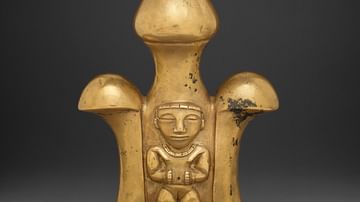
Image
Lime Container (Poporo), Quimbaya Civilization
A Poporo is a container used for storing lime that could be procured by crushing seashells and would later be eaten with coca leaves- a tradition in Pre-Columbian South America. This Poporo, made out of gold with a nude female figure carved...

Image
Casas Grandes, Mexico
Ruined house, Casas Grandes or Paquimé, a major pre-Columbian city that flourished due to its extensive trading networks between c. 1150/1200-1450 CE in the northwest of present-day Chihuahua, Mexico.
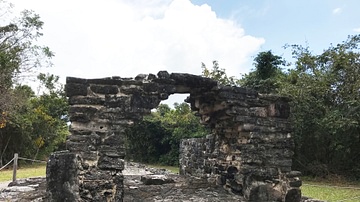
Image
The Maya Arch at San Gervasio, Mexico
In Pre-Columbian days, this construction was the entrance or exit to the central part of San Gervasio, leading to the Caribbean coast. Pilgrims and traders would reach the famous sanctuary of the goddess Ix Chel and deposit an offering at...
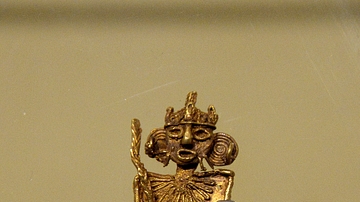
Image
Muisca Female Tunjo
This figure depicts a female; she wears an elaborate headdress and necklace and holds what appears to be a small tree branch with her right hand. A material of religious significance, the flat gold figures (or Tunjos), were votive offerings...
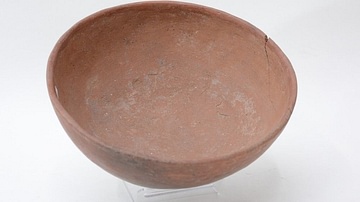
Image
Example of Salado Culture Pottery
The Salado culture is a term used by historians and archaeologists to describe a pre-Columbian Southwestern culture that flourished from c. 1200-1450 CE in the Tonto Basin of what is now the southern parts of the present-day US states of...
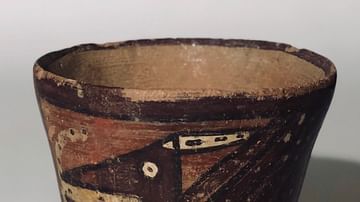
Image
Wari Kero (Drinking Cup) from Peru
This is a Pre-Columbian Wari kero (drinking cup) is painted and made from clay. It comes from what is present-day Peru, and it dates from c. 600-900 CE. Painted in shades of purple, orange, white, and black, this cup has a highly stylized...
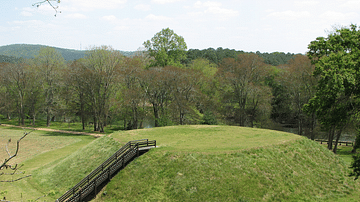
Definition
Etowah Mounds
Etowah Mounds (also known as Etowah Indian Mounds) is a National Historic Landmark and archaeological site near Cartersville, Georgia, USA, enclosing the ruins of a prehistoric Native American city whose original name is unknown. The present...

Image
Bust of Parmenides
Bust of the Greek philosopher Parmenides of Elea.

Image
Marble Head of a Philosopher
1st- or 2nd-century CE Roman copy of a Greek statue of the last quarter of the 3rd century BCE.
There are striking similarities between this head and portraits of Aristotle (384–322 BCE), but the identity of this man remains unknown.
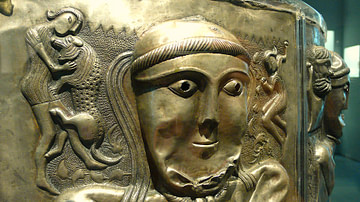
Article
The Ancient Celtic Pantheon
The ancient Celtic pantheon consisted of over 400 gods and goddesses who represented everything from rivers to warfare. With perhaps the exception of Lugh, the Celtic gods were not universally worshipped across Iron Age Europe but were very...